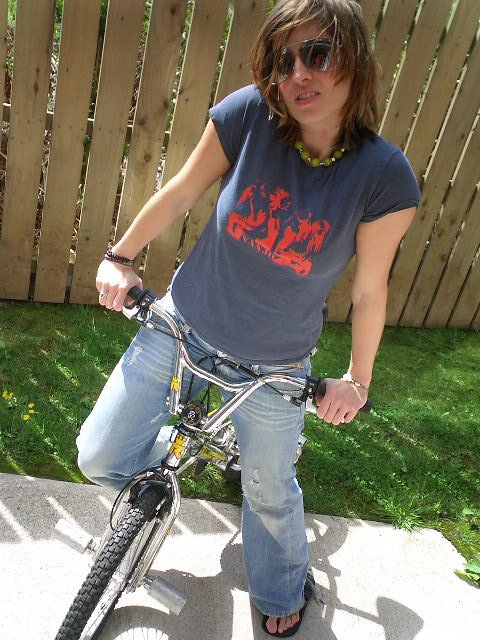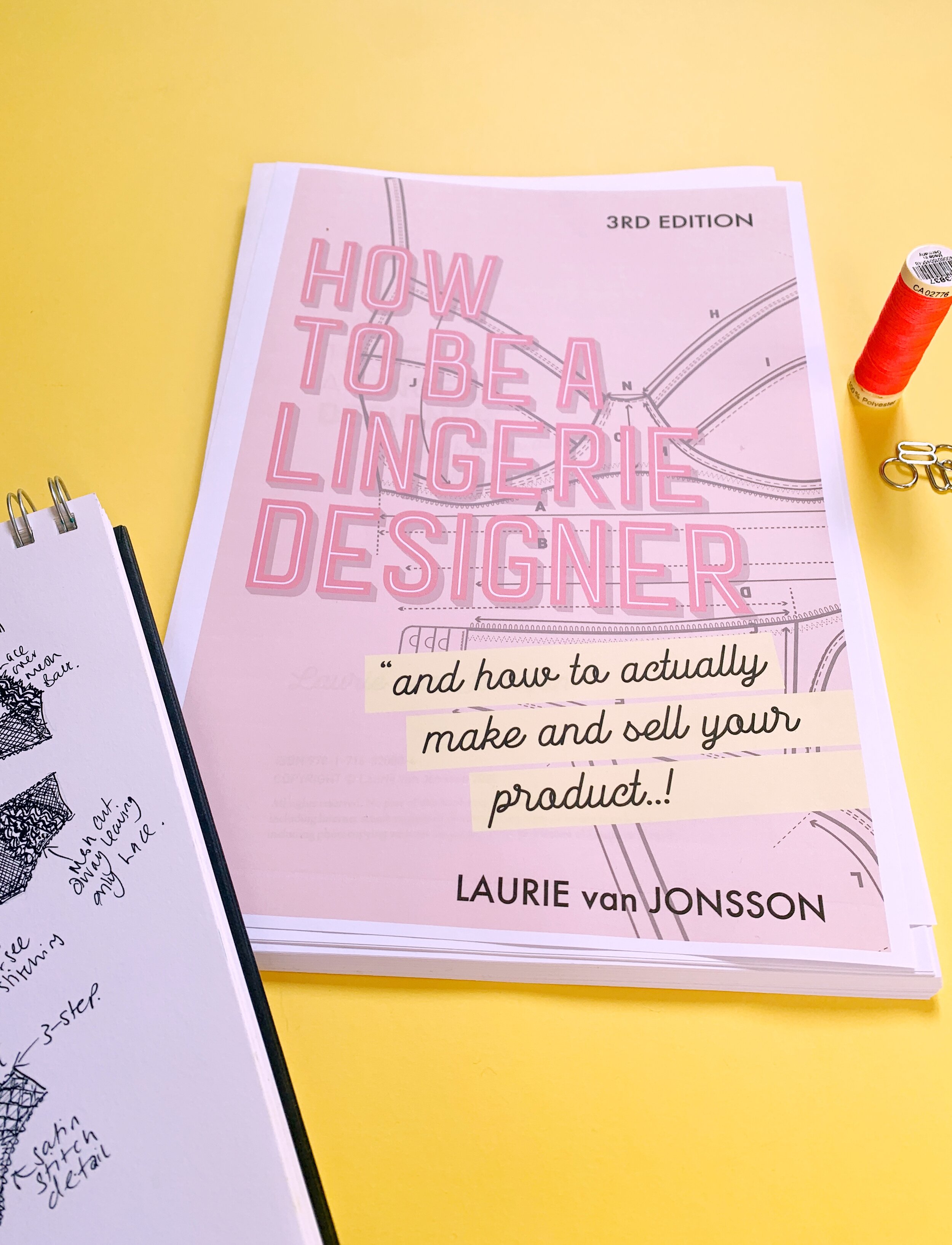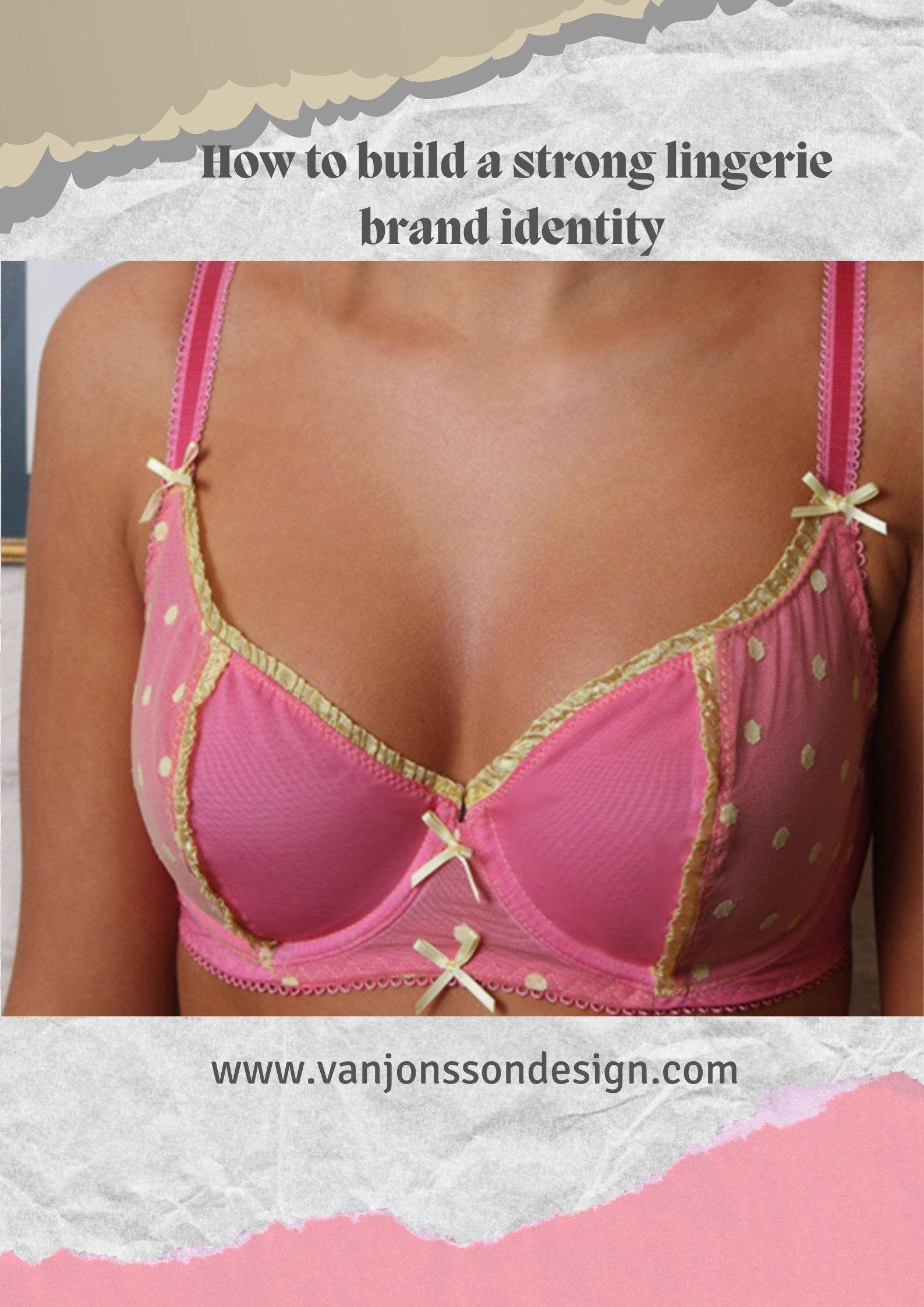How to build a strong brand identity with your lingerie brand
When I first launched Vanjo instead of selling just lingerie I wanted to sell ‘a lifestyle brand’ and sold Mens trunks (under the name Vanjon), I sold women’s t-shirts , mens t-shirts and also women’s jewellery. I bought in organic cotton t-shirts, designed the prints, then sourced a screen printer. I wrote up the construction page to where I wanted the print positioned. I bought in beads and metal roll and jewellery making tools and taught myself the techniques to make the loops and and different ways to make necklaces and bracelets.
I juggled a lot of balls (or should I say beads).
Me 2005 rocking the necklace and T-shirt I designed
One batch of T-shirts got printed incorrectly and all the company could offer was discount on the next batch I printed. I ended up not paying them, and sourced a new printer. The thing was I didn’t have was the capability and time to fix all that went wrong whilst still hand making all the lingerie and jewellery (which only sold at the fayres I did, rather than online).
By covering all these bases I wasn’t building a strong brand. I had no strategic planning, no effective marketing, the only thing I had was quality products. So I asked myself the following questions
What made my items unique?
I could wax lyrical about the lingerie, at the time there wasn’t much lingerie up to FF cup then was in bright fabrics, liberty fabrics without embroidery in sight.
Had I done any market research?
Having worked in the lingerie industry I knew what was available and what wasn’t, I also researched before I began what was specifically available in the bigger cup size, and being a DD cup myself I knew what worked and what didn’t in terms of fits.
T-shirts - nope i just got them printed up, mens undies - nope I just designed them and got them printed or sewn up. Jewellery - nope i just made it.
Who was my Target market?
It was all researched for the lingerie, I was aiming for the small back, big boob sector that wanted fun lingerie that fitted well and wasn’t beige. T-shirts, men undies and jewellery not a clue!
Had I a Brand identity?
For the lingerie yes, my logo was of a sillouhette of a woman with bigger boobs, that translated well onto headed paper, invoices etc . I had a tagline which was ‘stand up and be noticed’. Had I anything for t-shirts, jewellery and mens products - nope - you seeing a pattern here?
Had I high quality products?
For once I had an answer yes to all products, although the jewellery was steep learning curve on what worked and didn’t with connecting it all together.
Do I have a strong online presence and brand awareness?
I had the website and would write articles to other blogs, magazines and lingerie reviewers, but the more I looked at my website I felt that by having all the other products I was diluting my target market. I didn’t look like a specialised lingerie brand which is what I wanted to be. By the second season I dropped the t-shirts, the mens products and jewellery. They were all taking my time and energy and I wasn’t passionate about them as I was the lingerie. I think I produced more items so I could sell more, I thought I could reach a wider audience
So I decided to turn it completely around and work out by having one style of lingerie what were the benefits of that?
Benefits of one style
In the first five years of my lingerie brand, I had only one style of UW bra, one style of soft bra and three to four styles of briefs. By focusing on one style I concentrated my efforts of perfecting that particular product, with the design and the fit. They were to the highest standard as I wasn’t spreading myself thin. It also enabled me to stream line my manufacturing and production process reducing the risks of errors and inconsistencies.
By keeping one style I was able to establish a clear and distinct brand identity, there was a strong association between my brand and that style making it easier for consumers to recognise and remember my brand, over time this led to brand loyalty and customer base.
By focusing on one style I had the opportunity to differentiate myself from competitors, I invested my time sourcing the correct fabric choices and details that set my brand from apart from others, this in turn attracted customers who were looking for something specific or seeking a fresh perspective in the market.
By focusing on one style I was able to test out the market on a small scale in my first collection drops, without committing to a wide range of lingerie styles. I was able to see what sold and what didn’t do so well and make adjustments for the next drops. So I built a strong foundation.
By focusing on one style I didn’t have as much outlay and I was able to manage my resources without having lots of money in stock, I had learnt the hard way from doing the t-shirts and had to sell them through to make any money.
The downsides with launching with only one style is that it narrows down your target market (although it does make you look like an expert in that field, as that is all you are doing). And it may limit your customer base initially, this is why it’s essential to have a clear plan for future lines to cater for a broader audience (still in your target market) to sustain long term growth.
Once you’ve established your brand with a strong foundation and gained traction in the market place, you can gradually introduce new styles and expand your product range, just make sure this expansion aligns with your brand identity and the preference of your target market.
The one style bra I had - a vertical two piece bra
Want to learn more about launching a lingerie brand?
Want to come back to this article, pin the image below.








